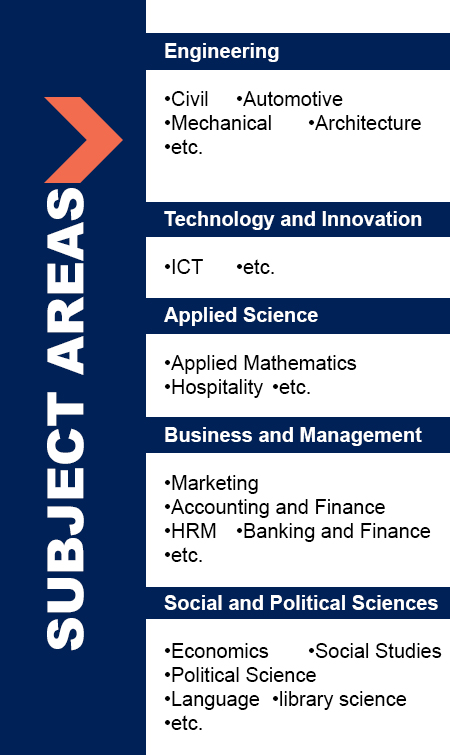Drive Cycle Performance of Hybrid-Electric Vehicles
DOI:
https://doi.org/10.47127/ijtmr.v1i2.16Abstract
This paper focuses on the effects of HEV (Hybrid-Electric Vehicles) Powertrains on fuel economy and overall system efficiency. Three different hybrid-electric powertrains: Series; Parallel and Combined have been simulated on ADVISOR by the use of MATLAB platform. Three drive cycles, Urban Dynamometer Driving Schedule (UDDS), New European Driving Cycle (NEDC) and Highway Fuel Economy Transport Cycle (HWFET), were used to determine best Fuel Economy, Overall System Efficiency and Energy usage for each Powertrain.While Parallel Powertrain showed best fuel economy and system efficiency at lower speeds (20 mph) during frequent start-stops, Combined Hybrid showed much more significant fuel savings at constant speeds above 48 mph. In situations where both battery and engine power were required simultaneously, Combined Hybrid showed much higher system efficiency giving credence to its PowerSplit device. In conclusion, the selection of the preferred Powertrain for Hybrid Electric application depends strictly on the application required. The results clearly show that advantages of both Series and Parallel powertrains have not been effectively harnessed in the Combined Powertrain as expected. This highlights the need for a Powertrain which effectively saves fuel at all speeds irrespective of number of idle times or stops.
Keywords: Hybrid electric vehicle; zero emissions; combined hybrid; series hybrid; parallel hybrid; electric vehicles; fuel cells








